Whether your four-legged friend loves to play in the snow or prefers to stay at home during the winter months, they need a little extra care.
While they have a furry coat to provide warmth, it is simply not enough. They are just as fragile as humans in cold weather, and that’s why you will see dogs shiver if they didn’t wear any protective gear. Not only that, but exposed to cold, dry air can also cause lots of problems to their paws.
So, how do you make sure the frigid temperature doesn’t affect your furkid’s health?
Below are the 17 winter dog care and safety tips for taking proper care of your fido to keep them safe and comfortable.
Read More:
Health Risks for Dogs You Need to be Aware of in Winter
First of all, we will talk about the common winter health hazards you need to know before going into the care and safety tips.
1. Frostbite

Frostbite in dogs occurs when exposed to the cold for too long. It can freeze your dog’s body parts, such as tails, ears, and paws. Though it is not life-threatening, it can be extremely uncomfortable for them and may lead to amputation in severe cases. Also, It is a condition before escalating to hypothermia, which is potentially fatal.
| Signs of Frostbite |
|---|
| The skin becomes pale. |
| The skin turns red and swollen when returning to a warmer place. |
| The affected tissues will die and turn black if left untreated. |
| Treatment of Frostbite in Dogs |
| Warm a towel with a radiator or handheld dryer, and gently apply it to the affected area. Note that this can only provide temporary relief. You should bring your dog to a veterinarian for a full recovery and make sure it doesn’t cause any other damage. |
2. Hypothermia
Hypothermia in dogs is a severe winter weather medical condition that occurs when your dog’s body temperature drops below the normal range, between 101°F to 102.5°F. It can cause many complications, which will damage their nervous, respiratory, and immune system, heart and blood flow, and potentially lead to death.
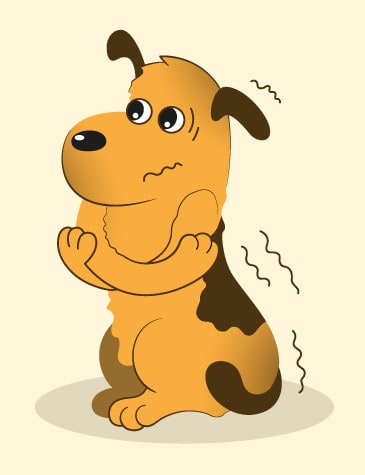
| Signs of Hypothermia |
|---|
| Shivering |
| Fatigue |
| Unable to focus |
| Stiffer muscles |
| Experience difficulty breathing |
| It can cause a coma or heart failure if left untreated. |
| Treatment of Hypothermia in Dogs |
| Severe hypothermia requires immediate veterinary attention. Otherwise, you can use the tumble dryer or a hairdryer to warm up blankets and wrap them around your dog and place a hot water bottle wrapped in a towel against your dog’s abdomen. Or you can also warm up your furry friend with dog booties or sweaters. |
3. Antifreeze Poisoning
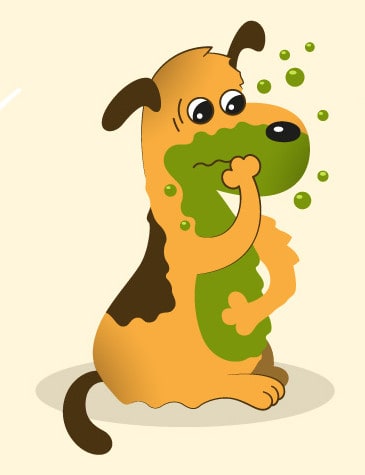
Antifreeze poisoning in dogs is another common problem for pet parents, which occurs when their dogs lap up antifreeze. It contains an odorless, sweet-tasting, yet highly toxic ingredient called ethylene glycol. It is incredibly dangerous to dogs and can be fatal if ingested, even only a tiny amount.
| Signs of Antifreeze Poisoning |
|---|
| Lack of coordination |
| Vomiting |
| Diarrhea |
| Lethargy |
| Excessive thirst and urination |
| Hypothermia |
| Seizures |
| Depression |
| Elevated breathing and heart rate |
| Coma |
| Treatment of Antifreeze Poisoning in Dogs |
| If your dog consumes antifreeze, you need to drive them to a veterinary clinic as quickly as possible. The reason is that the antidote must be administered to dogs within 8 to 12 hours of antifreeze ingestion, or they will have a lesser chance of survival. |
4. De-Icer Poisoning
It is pretty common to see rock salt used on sidewalks in winter. While it certainly is helpful when it comes to removing ice, it can be problematic for dogs. These harmful chemicals can irritate and dry your dog’s paws and can cause medical distress and potentially lead to death if ingested. Of course, your pooch won’t consume the de-icer on purpose, but they may lick it off their paws after walking on it or unintentionally eat it directly off the ground.
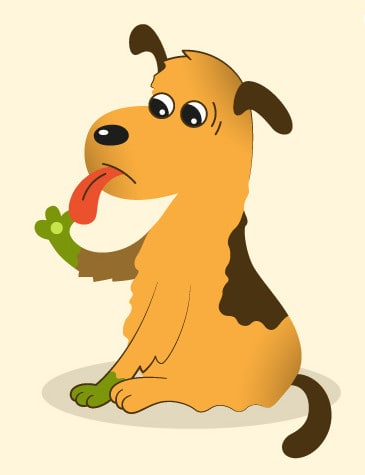
| Signs of De-Icer Poisoning |
|---|
| Vomiting |
| Diarrhea |
| Dehydration |
| A quick drop in blood pressure |
| Tremors |
| Seizures |
| Increased urination |
| Excessive thirst and salivation |
| Body and muscles weakness |
| Treatment of De-Icer Poisoning in Dogs |
| Though you can use activated charcoal to prevent toxins from being absorbed into the bloodstream, you should seek immediate advice from your veterinarian to avoid complications. |
Winter Dog Care Tips
1. Adjust Food Intake

When winter comes, adjusting your furkid’s food intake is one of the most important things you have to do. Yes, they will indeed use up more energy trying to maintain their normal body temperature, but that doesn’t necessarily mean you have to feed them more.
Dogs that love to play in the snow and go outdoors more often may need to consume more calories, while those who prefer to stay indoors and wrap themselves up in a cozy blanket will require less food.
So, you will need to observe the changes in their activity level and adjust their caloric intake accordingly. If you are uncertain what’s the right amount of food you should be feeding them, be sure to consult with your veterinarian.
2. Keep Your Dog Hydrated
Don’t forget that keeping your fido hydrated is vital as it is in summer. While you may think dogs don’t need as much water in winter, the truth is they can easily become dehydrated due to low humidity. If you have a water bowl outside, check it regularly to make sure the water is unfrozen. Otherwise, you can consider getting them a heated water bowl to ensure a fresh and warm drinking water supply.

3. Don’t Shave Your Dog

As you may have already known, the purpose of a dog’s coat is to provide warmth, which is crucial during the winter months. So, you should avoid shaving them. That said, simple trim is still necessary, particularly around the paws, to prevent ice buildup between their pads. And of course, you also need to regularly brush them to remove dirt, matted and dead hair for proper production and distribution of the natural oil.
4. Reduce the Frequency of Bathing
Like humans, washing too frequently will strip their natural oils, and as a result, cause dry skin and irritation. As much as you want them to smell good, their comfort is more important. So, try to avoid unnecessary bathing. If you need to bathe them, consider using moisturizing shampoo or waterless shampoo instead.

5. Keep Your Dog’s Skin Healthy

You probably have already noticed that we tend to get dry, flaky, and itchy skin in winter. That is because cold air has low humidity, and using a heater will make it worse. Not only is it harsh on you, but also your dog. To prevent that, you can add Omega-3 or Omega-6 to their food. And make sure to use paw balm on their feet to keep their pads from becoming too dry, crack, and bleed.
6. Use a Humidifier
A cool-mist humidifier has a lot to offer in winter. Emitting water back into the dry air can prevent scratchy and irritating skin. Also, flu viruses are less likely to survive, ultimately keeping you from getting sick. It is essentially a device that helps both you and your four-legged friend stay healthy, so why not?

7. Cozy Bedding

Letting your furry friend sleep on a cold floor can be bad for their health and can cause lots of pains, especially if they have arthritis, hip dysplasia, or other orthopedic problems. So, ensure to get them a cozy heated bed and blanket. Also, remember to check the bedding and clean it regularly to get rid of germs and bacteria, which is particularly crucial if you suffer from allergies.
8. Dress Your Dog in a Jacket or Sweater
Consider putting a jacket or sweater on your pup when going out for walks as not all dog breeds have a thick coat to keep them warm. Even if you have a heavy-coated northern breed such as Alaskan Malamute or Siberian Husky, they can still get cold if exposed to frigid temperatures for an extended period. Believe it or not, some people even let their canine wear a winter hat!

9. Reduce Outdoor Time

Dogs still need both physical and mental exercise even in winter. You can either keep the walks shorter or play with them indoors instead, especially when it is freezing outside. Otherwise, walk them in the late mornings or early evenings when the temperature is not as cold, and watch for signs of frostbite.
10. Senior Dogs Are More Sensitive to Cold
When dogs get older, winter months become more difficult for them to handle. They will find it harder to regulate their body temperature, not to mention most senior dogs tend to suffer from many medical conditions, which can aggravate the situation. So, make sure they have a warm place to rest and try to keep them indoors as much as possible.

Winter Safety Tips for Dogs
11. Protect Your Dog From Heat Sources
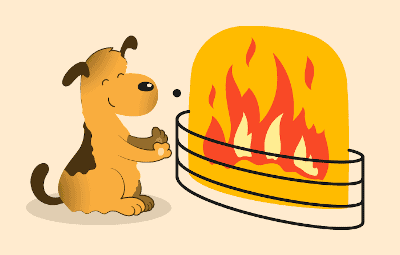
One thing dogs like to do during the winter months is that they will try to sleep near heat sources in the house. While these appliances or fireplaces can undoubtedly keep your fido warm, napping too close will put them at risk of being burned. Try to keep the heaters in places that they can’t easily access and install a fireplace fence to ensure their safety.
12. Keep Antifreeze Out of the Reach
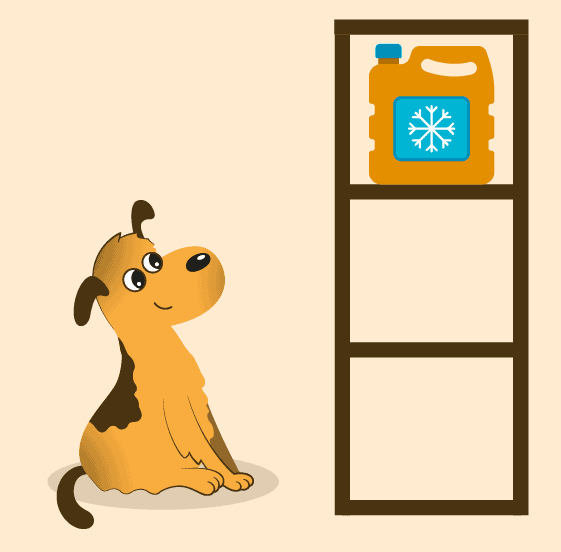
Though antifreeze is helpful in winter, it is deadly for dogs even if they only consume a small amount. Be sure to store it up high in a locked cabinet, and thoroughly clean up the spills in your garage or driveway.
13. Clean Your Dog’s Paws
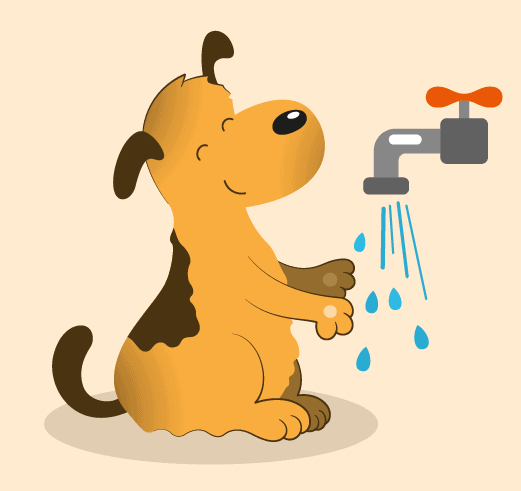
As we’ve mentioned earlier, dogs can get ice melts poisoning if they lick the salts off their feet. So it is important to rinse your pooch’s paws to get rid of the de-icer after walks. The easiest way to wash your fido’s feet is by using a dog paw cleaner. And remember to always check between their toes to make sure there’s no chemical residue left.
14. Never Leave Your Dog Unattended in the Car
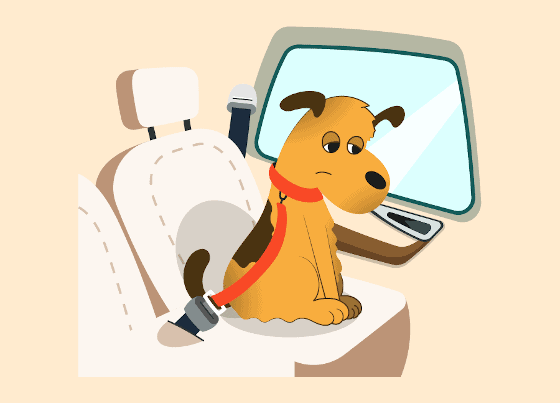
Not only leaving your dog unattended in the car in summer is dangerous, but also in winter. The temperature can drop very quickly and will put your pup at risk of hypothermia. Additionally, they may suffer from carbon monoxide poisoning, which is also life-threatening.
15. Protect the Paws
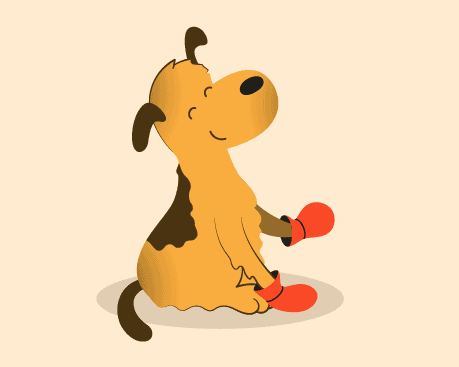
If you didn’t already know, a dog’s paw is a common area that will get frostbite. Also, dogs are more susceptible to cracked paws in winter. Plus, there might be rock salt and sharp items hidden under the snow. One way you can protect their feet is by getting them to wear a pair of high-quality dog snow booties.
Read More: How to Protect Your Dog’s Paws From Snowballs And Ice Balls: Prevention and Removal
16. Keep Your Dog On a Leash
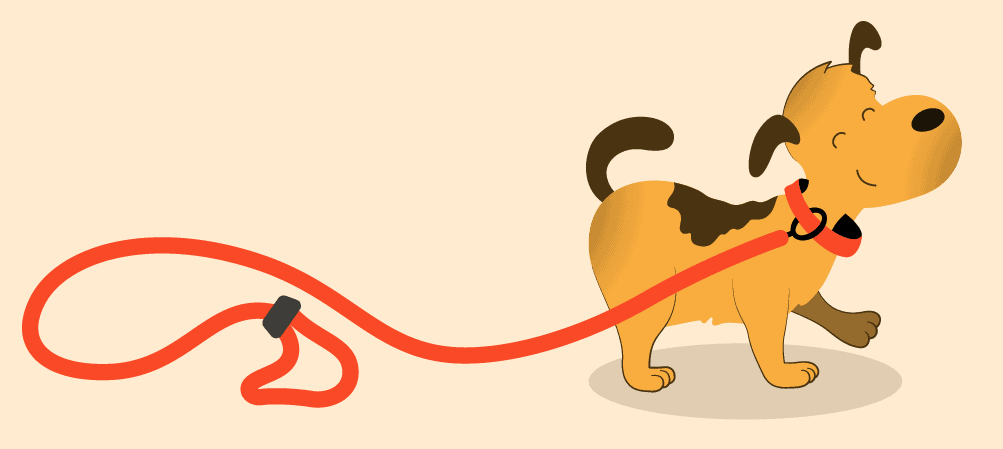
Sure, your canine prefers to have more freedom during walks, but it’s best to keep them on a leash, particularly in winter. That is because it may be more difficult for vehicles to stop. Additionally, there will be less sunlight due to daylight savings, making it a lot harder for drivers to see your dog.
Not to mention, the cold temperatures can freeze the scent particles, and as a result, your furkid may have a hard time finding their way back home if they become lost. For that reason, you should also consider getting them a GPS tracker and make sure the information on the ID tag is up to date.
17. Stay Away From Frozen Rivers, Ponds, and Lakes

As you can imagine, letting your four-legged friend wander on frozen water can be extremely dangerous. They will potentially fall through the thin ice and put themselves at risk of drowning. Even if they manage to make it out of the icy water, they may suffer from hypothermia, which can be fatal.
The Bottom Line
While it’s a lot of fun to play in the snow in winter, the cold temperatures can cause lots of discomfort to your furry friend, especially if you have a senior dog.
So, make sure to keep these care and safety tips in mind, and share it with your friends and family to help their dogs through the harsh weather safely and comfortably!


